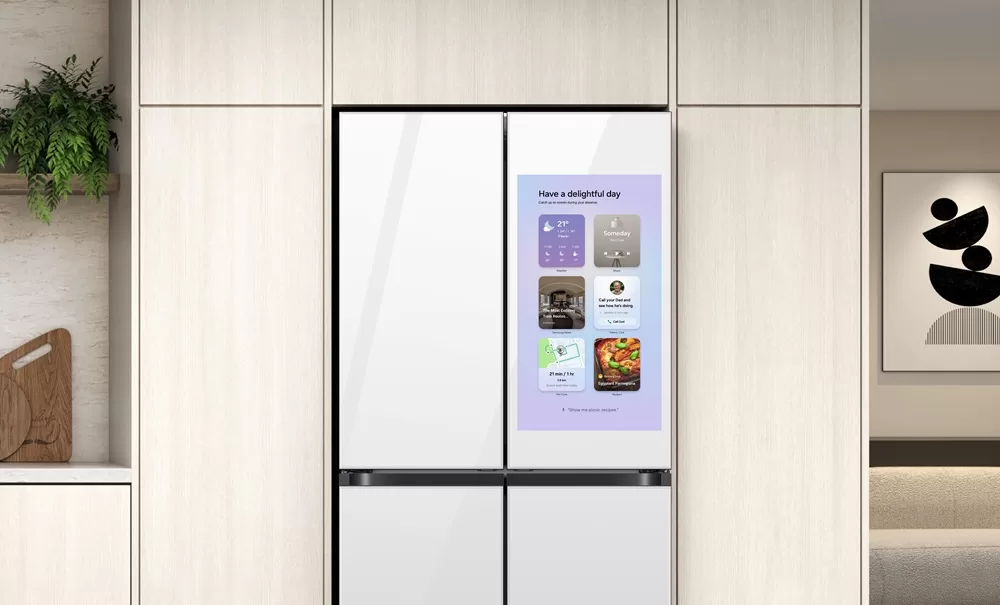Samsung is rolling out One UI to its Wi-Fi-enabled home appliances, including refrigerators, washers, ranges, and air conditioners. Yes, One UI, as in the one in Galaxy smartphones.
The update starts in September 2025 for 2024 and newer models.
The interface will bring a unified experience across devices. They already had unity when it came to tablets and smartphones, but it will be all Samsung devices going forward.
Appliances with screens will get a Now Brief dashboard that shows weather, schedules, recipes, and device status. Apps like Bixby, Gallery, and SmartThings will also be integrated.
Samsung will provide up to seven years of software updates for eligible appliances, including new security features via Knox Matrix, encrypted credential sync, passkey support, and a Knox Security dashboard.
Which is wonderful to hear because the challenge with smart devices has long been that they don’t usually get any software support, and yet they are now internet-connected, making them an easy target for hackers to get into your system.
The update also aims to reinforce Samsung’s “Screens Everywhere” strategy, turning appliances with built-in displays into hubs for home management without adding ads for now.
Why Are They Doing This?
We touched on some of the reasons already, but the main one should be that using One UI across appliances also makes software support easier for Samsung.
With a unified interface, updates, bug fixes, and security patches can be developed and rolled out faster, since much of the underlying code is shared with phones and TVs.
It also reduces customer support needs, as users familiar with One UI encounter fewer issues on appliances. This approach makes Samsung’s promise of seven years of updates for appliances practical and sustainable.
Also, Samsung’s move isn’t just about giving fridges and washers a new look. It’s part of a strategy to unify its ecosystem. By bringing One UI, already on phones, tablets, and TVs, to home appliances, Samsung makes it easier for users to use multiple devices without learning new interfaces.
Integrating SmartThings, Bixby, and other apps also makes appliances part of a connected home, where schedules, alerts, and usage data can be managed from a single interface. It won’t matter which devices you are using; you should get your alarms or reminders, or notifications.
Security is another focus: features like Knox Matrix, encrypted syncing, and passkey support protect connected devices and personal data. The updates weren’t rolling out as often as they should have been when appliances had their own distinct software.
Finally, this is about ecosystem retention. The more devices share the same software and interface, the less likely users are to switch to competitors.

Leave a Reply Cancel reply